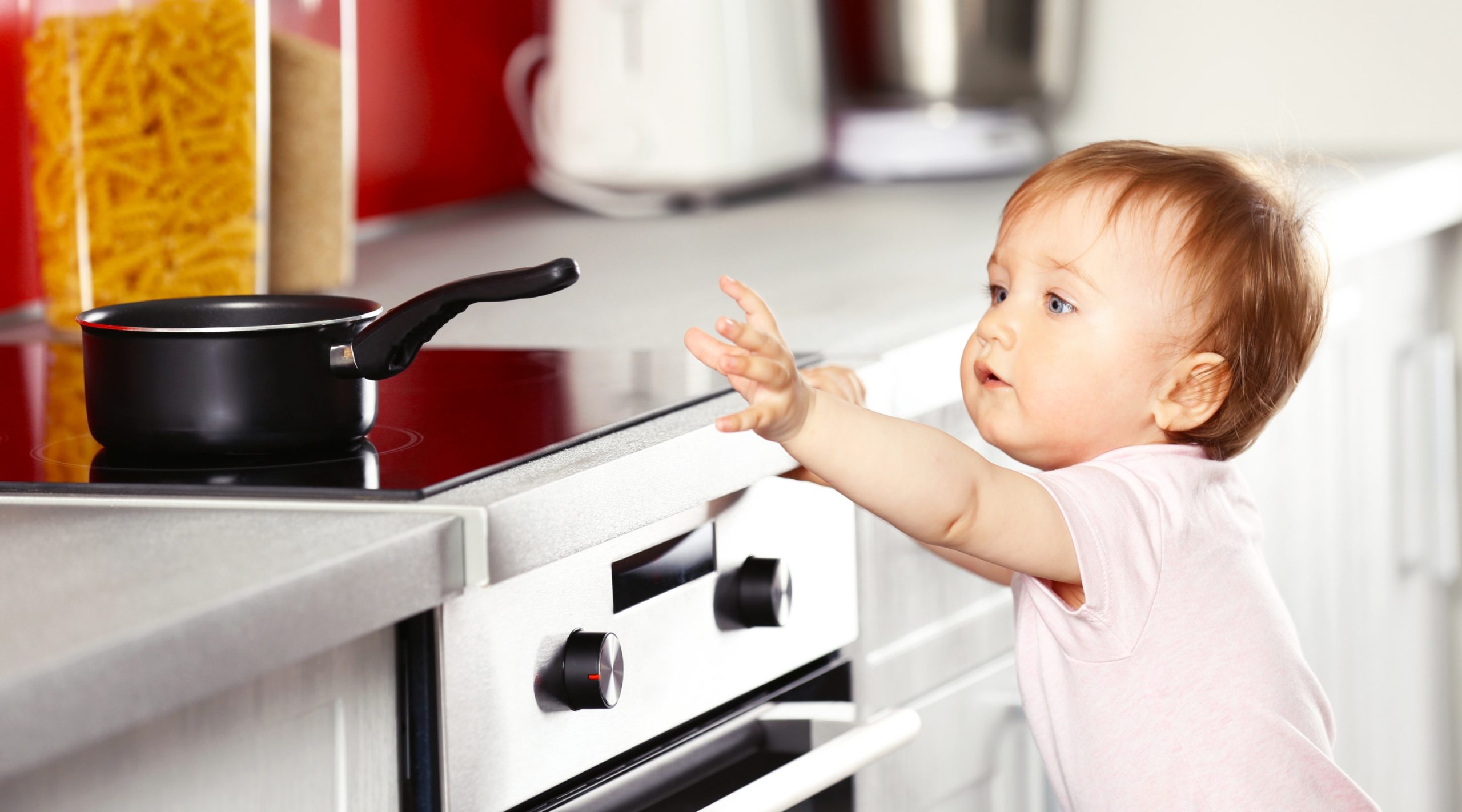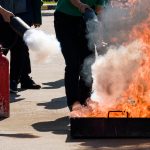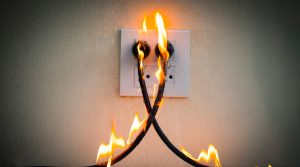
Fire Safety Tips for Families: Teaching Kids About Fire Prevention
Introduction
Fire safety is a fundamental part of household safety that every family should prioritize. Educating children about fire hazards and prevention methods can significantly reduce risks and ensure they know how to react in an emergency. By instilling awareness and safe habits at an early age, families can create a safer living environment and prepare their children to handle fire-related situations responsibly.
Understanding Fire Hazards
Children may not fully grasp the dangers associated with fire, making it important to teach them in a way that is engaging and age-appropriate. Start by explaining what fire is, how it spreads, and why it can be dangerous. Some common household fire hazards include:
Unattended cooking: Pots and pans left on the stove can lead to kitchen fires.
Electrical appliances: Overloaded outlets and damaged cords pose fire risks.
Candles and matches: Open flames should never be left unattended.
Heating equipment: Space heaters and fireplaces require careful supervision.
Flammable materials: Curtains, paper, and furniture can quickly catch fire if exposed to heat sources.
By identifying these risks, children can better understand how fires start and what actions can help prevent them.
Fire Safety Rules for Kids
Children need to learn specific safety rules to avoid fire hazards and respond effectively if a fire occurs. Consider incorporating these guidelines into their daily routines:
1. Never Play with Matches or Lighters
Emphasize that matches, lighters, and candles are tools for adults, not toys. Store them in a secure place out of children’s reach.
2. Keep a Safe Distance from Fire Sources
Teach kids to stay at least three feet away from fireplaces, stoves, and heaters to prevent burns and accidental fires.
3. Practice Safe Cooking Habits
If your child helps in the kitchen, supervise them closely and teach them never to touch hot appliances or cookware without assistance.
4. Stop, Drop, and Roll
In case their clothes catch fire, children should immediately stop, drop to the ground, cover their face with their hands, and roll back and forth to smother the flames.
5. Know the Emergency Number
Teach kids how to dial emergency services (e.g., 911) and provide their address in case they need to report a fire.
6. Follow an Escape Plan
Create a fire escape plan with at least two exit routes and practice fire drills regularly to ensure children know how to get out safely.
Creating a Family Fire Escape Plan
Every household should have a well-documented and practiced escape plan. Follow these steps to develop a solid strategy:
Identify exit routes: Ensure each room has at least two escape paths, such as doors and windows.
Designate a meeting point: Choose a safe location outside, like a mailbox or a neighbor’s house, where everyone should gather after evacuating.
Practice fire drills: Conduct drills at least twice a year to familiarize kids with the procedure.
Teach children to check doors: Before opening a door during a fire, they should touch it with the back of their hand to check for heat. If it’s hot, they should use an alternative exit.
Crawl low in smoke: Teach kids to stay low and move towards the nearest exit if there is smoke, as cleaner air is closer to the floor.
Installing and Maintaining Fire Safety Equipment
Proper fire safety equipment is crucial for preventing and responding to fires. Make sure your home is equipped with:
Smoke Alarms: Install alarms in every bedroom, hallway, and kitchen. Test them monthly and replace batteries as needed.
Fire Extinguishers: Keep extinguishers in key areas like the kitchen and garage, and teach older children and adults how to use them.
Carbon Monoxide Detectors: These devices alert families to dangerous gas levels that can result from fires.
Fire-Resistant Blankets: Having a fire blanket handy can help smother small flames or provide protection during evacuation.
Reinforcing Fire Safety Through Activities
To make fire safety education more engaging for children, incorporate interactive activities:
Fire safety storybooks: Read age-appropriate books that teach kids about fire prevention and emergency response.
Role-playing exercises: Act out different fire scenarios and let children practice their escape plan.
Educational videos and games: Use online resources designed to teach kids fire safety in a fun and memorable way.
Visits to the fire station: A trip to the local fire department can help children understand how firefighters respond to emergencies and why fire safety is important.
Conclusion
Teaching kids about fire prevention is a continuous effort that requires regular discussions, practice, and reinforcement. By making fire safety education engaging and integrating it into daily life, parents can empower their children with the knowledge and confidence to prevent fires and respond appropriately in emergencies. Implementing these strategies ensures a safer home environment and greater peace of mind for the entire family.






